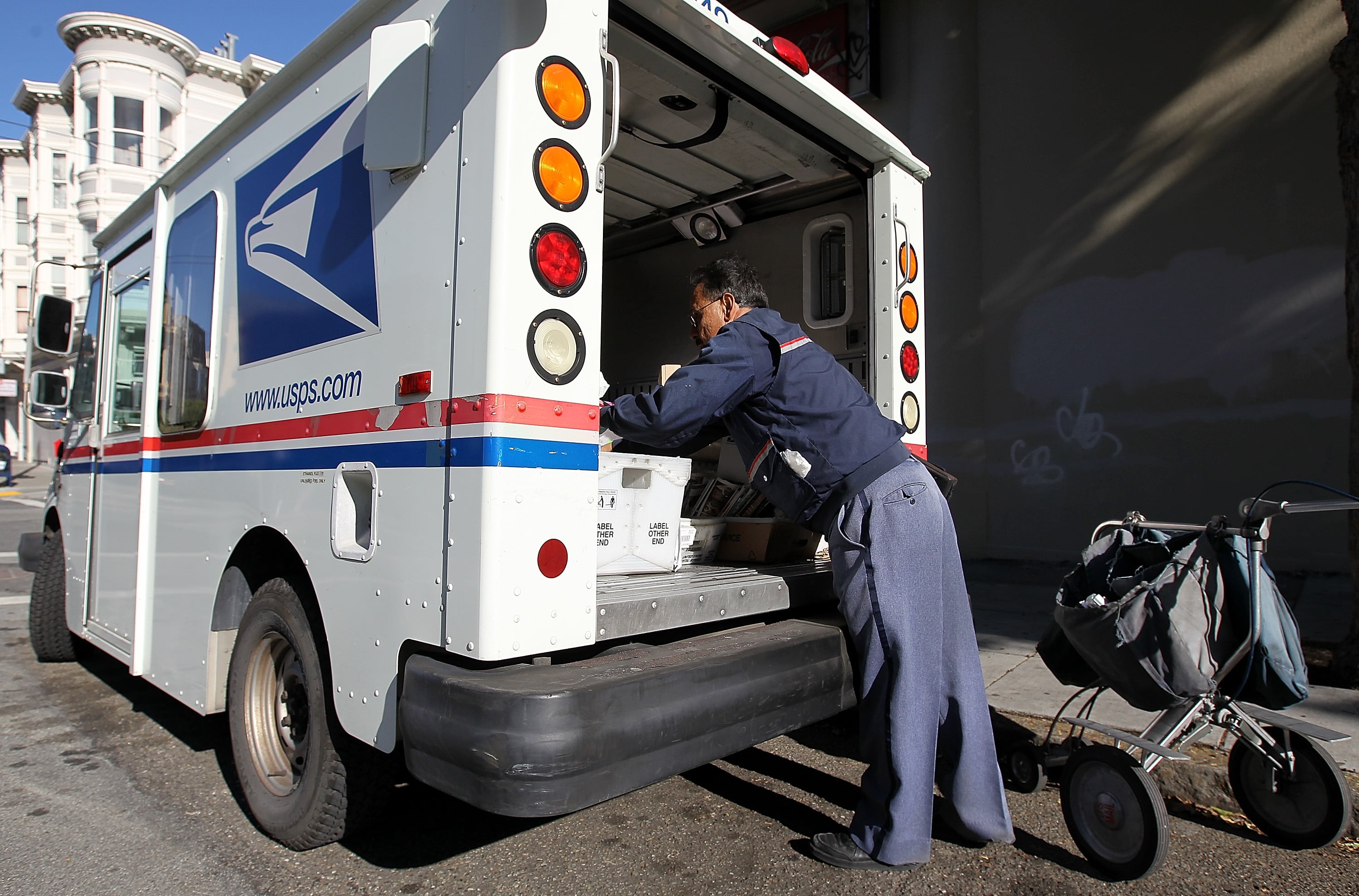On its face, the work of U.S. mail carriers working across the country and members of the military serving overseas may not have much visible overlap, but according to the contractor selected to build the next generation of postal vehicles, their similarities make all the difference when designing the next generation of mail truck.
Oshkosh Defense, a contractor largely known for producing the kind of rugged, tactical vehicles normally found in warzones, was selected in February 2021 to receive the U.S. Postal Service’s multi-billion dollar contract for crafting the Next Generation Delivery Vehicle fleet over the next 10 years.
According to Oshkosh Defense President John Bryant, the needs of mail carriers for those new vehicles are centered on a truck that can keep going no matter what.
“Fairly early on in the competition, I was talking with one of our USPS customers, and he said something that stuck with me. He said, ‘we really need a purpose-built vehicle for our unique requirements, so we need it to last almost forever.’ And I thought, that is exactly what happens with our military customers,” Bryant told Federal Times.
“We have military vehicles that we delivered in the early 1980s. We have to support them over these very long lifecycles.”
RELATED

The average USPS vehicle is 25 years old, with some vehicles purchased as long ago as 1987, meaning that the agency relies on a lifecycle far longer than most commercial drivers expect.
“The NGDV program, when you think about it, is the first major vehicle program in over three decades,” said Bryant.
“They lack the modern safety systems that you would see and that you would expect in a modern vehicle that you would use to commute to work, and they definitely lack some of the higher-end safety systems that are available.”
For both USPS and the military, that need translates to something that is rugged, reliable and adaptable.
“With out military customer, it’s all about delivering vehicles from the ground up to meet specific, stringent requirements. Our experience building and designing the world’s toughest military vehicles has actually applied directly to the NGDV program,” said Bryant. “The NGDV is designed to take a beating for a very long time.”
U.S. mail carriers have, of course, been promised several features that most drivers have long taken for granted: air-conditioned vehicles, collision detection, automatic breaking, 360 degree cameras and more.
The vehicles will also have more USPS-specific needs, like larger cargo areas for package delivery, much greater bumper visibility and better ergonomics for right-side driving and delivery.
USPS will also have the option to include all-wheel drive in some of its new vehicles for those mail carriers who have to deliver in rural areas in the midst of hazardous weather conditions or both at once.
That adaptability is also designed to address concerns that the USPS fleet is not moving to a more sustainable model quickly enough.
And though Rep. Jackie Speier, D-Calif., worried at a May 13 hearing that Oshkosh “doesn’t know how to make electric vehicles,” Bryant told Federal Times that their plan for building the NGDV is designed specifically to adapt to electric vehicle or internal combustion needs.
“We’ll be ready to deliver them in any combination that USPS desires, so up to 100 percent of either one of them,” said Bryant.
“They’re actually designed on a common, unibody chassis, so we’re able to produce any combination of vehicles that USPS desires. We were thinking that over time the mission profiles, the business models, technology, costs may evolve and so we intentionally designed the Oshkosh NGDV so that you could take an internal combustion vehicle and convert it — during a mid-lifecycle refresh or rebuild — to a battery-electric vehicle.”
That adaptability may prove critical if a House bill mandating that at least 75 percent of the new fleet be electric or zero-emission becomes law.
According to Bryant, USPS was very specific about what kids of features and flexibilities mail carriers would need during the contract competition process.
The new NGDVs will have to go through a period of extensive operations and safety testing prior to arriving at U.S. mail facilities, but the first members of the new fleet are expected to hit the roads in 2023.
“The carriers will have the configurations to meet their needs,” said Bryant.
“They’ve been waiting a long time.”
Jessie Bur covers federal IT and management.





